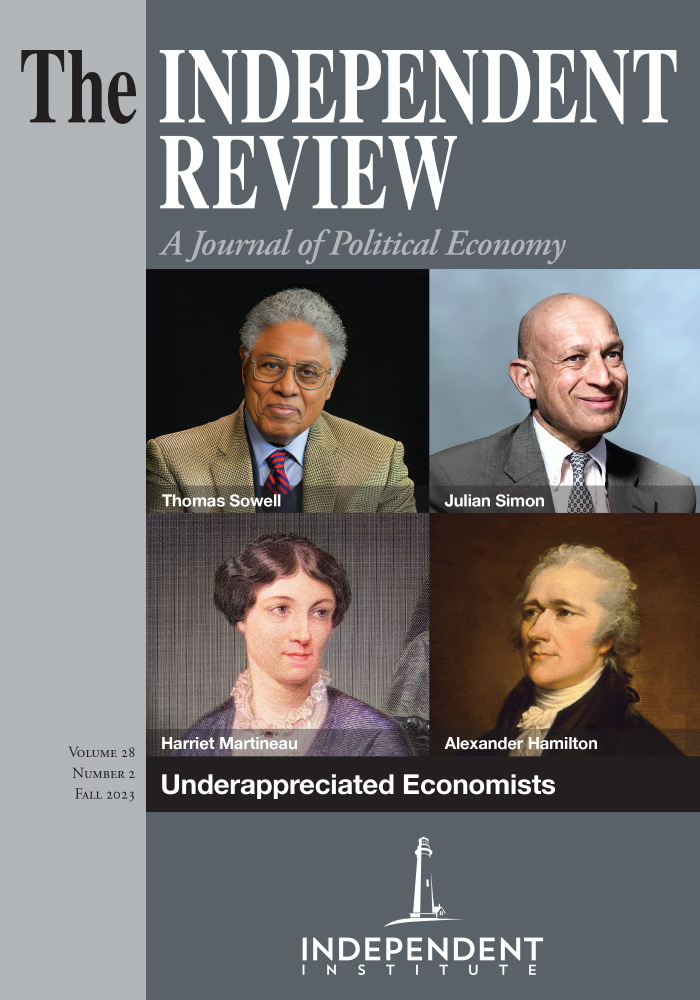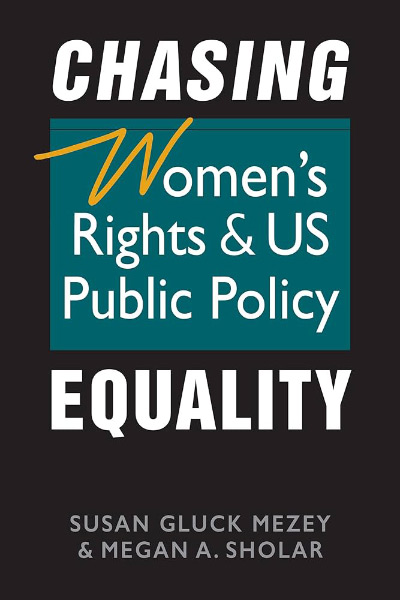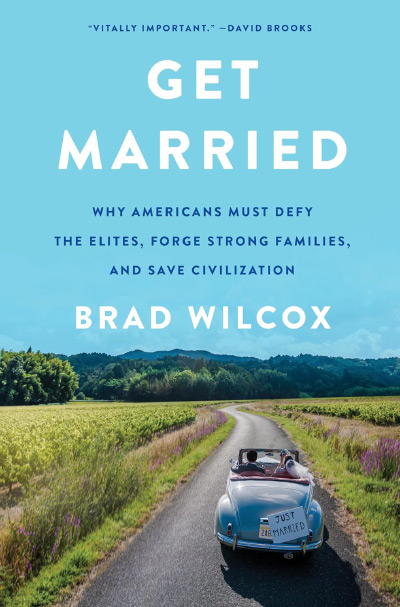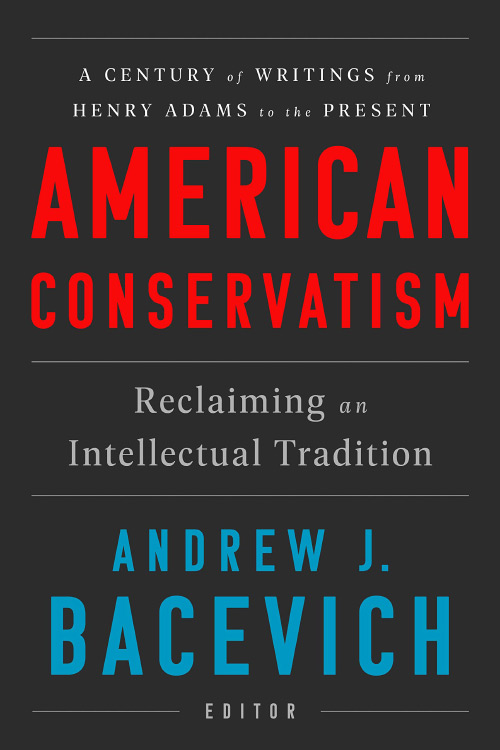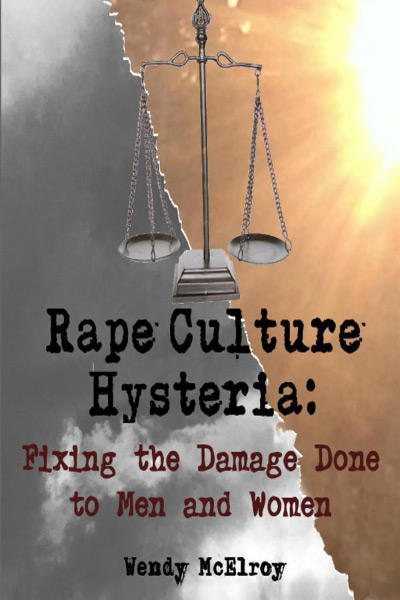Chasing Equality focuses primarily on the major legislation, Supreme Court decisions, and constitutional amendments that have shaped women’s legal rights in the modern-day United States. There is some discussion of pre-1960s reform efforts, such as the nearly fifty years women’s rights activists spent seeking unsuccessfully to establish the famously ill-fated and controversial Equal Rights Amendment. However, the majority of the book focuses on the law and policy changes that have occurred since the 1960s and 70s, when second-wave feminist activists such as Ruth Bader Ginsburg began to directly challenge laws that put limitations on women “practicing law, voting, earning a living, and being tried by a jury of their peers” (p. 9). The most thorough discussions are of educational access, discrimination in the workplace, and reproductive health care.
In Chapter 2, Mezey and Sholar consider activism designed to secure equal educational access for men and women. Title IX of the Education Amendments Act of 1972 declared “no person in the United States shall, on the basis of sex, be excluded from participation in, be denied the benefits of, or be subjected to discrimination under any education program or activity receiving Federal financial assistance” (p. 27). Legal challenges brought under Title IX have included suing for men’s/women’s admission to previously women’s/men’s only educational institutions, challenging the constitutionality of how universities manage their athletics programs and the distribution of funding and scholarships for athletics, and lawsuits alleging that institutions are required to ensure an environment where girls and women are as safe from sexual harassment and sexual violence as boys and men but failed that objective. At the time of its passage, Title IX went relatively under the radar compared to the enormous amount of effort and attention that went to the Act’s mandates for the racial integration of schools. However, it has since become controversial, in part because of the great latitude the law permits in how it will be enforced, which is largely determined by federal agencies that frequently change priorities with the presidential election cycle. The chapter concludes with discussion of the political stances and related legislative changes brought by the Obama, Trump, and Biden administrations.
Chapter 3 focuses on legal challenges to sex discrimination in employment, such as the posting of job ads soliciting only male applicants (still legal in the 1950s) and paying men and women different rates for the same work. Title VII of the Civil Rights Act of 1964 banned employers with fifteen or more employees from discriminating on the basis of “sex, race, color, national origin, and religion” (p. 57). In their execution of this law, the Equal Opportunity Employment Commission—under pressure from the women’s movement of the 1960s—decided classifying jobs as for men or for women, making women’s promotion contingent on marital or parental status, and protective labor laws that established different requirements for employing women were all violations of Title VII. This was indeed an important step in eliminating the last of the gender-specific restrictions that limited the work women in the United States were allowed to perform, thereby diminishing their employment prospects. Chapter 3 also introduces the issue of sexual harassment and protections from employers and supervisors who made sexual activity a condition of employment, and the historical roots of the gender wage gap in company policies intentionally designed to prevent women from earning as much as men, such as the Westinghouse Corporation’s policy that the highest paid woman could not earn more than the lowest paid man.
Chapter 4 tackles the issue of “balancing work and family life,” especially during pregnancy or when caring for young children. Like economic historian Claudia Goldin, the authors identify the challenges of balancing work and family—especially for mothers—as significant reasons why women often work shorter hours and earn less. The first major piece of legislation Mezey and Sholar highlight as seeking to address this question is the Pregnancy Disability Act of 1978, which established that pregnancy discrimination does in fact count as discrimination against women and therefore is unconstitutional as established in the Civil Rights Act. This chapter also discusses the Family and Medical Leave Act of 1993 and the hopes of the women’s rights advocates who campaigned for it that it would have led to further mandates of maternal or parental benefits. Mezey and Sholar argue for the benefits of paid leave—particularly at the Federal level. The outline of the debate is useful, even though their conversation would have greatly benefited from pairing this argument with a discussion of the costs of paid leave policies and the possible alternatives. The remainder of the chapter discusses childcare and speculates on why public support for childcare has not been as high in the United States as in other OECD nations.
Chapters 5 and 6 respectively consider access to contraceptives and to abortion. The Title X of the Family Planning Program of 1970 enabled Federal support to increase access to birth control, but also set the stage for regulatory implementation that required grantees to limit the recommendation and provision of abortion. This culminated in 2019 when the Trump administration required organizations receiving Title X funds to keep abortion coverage completely separate from their other family planning programs, down to needing to provide “separate examination and waiting rooms, personal, electronic and paper records, entrances and exits, phone numbers, and email addresses” (p. 138). This led to Planned Parenthood and other organizations withdrawing from their Title X grants and funds being redirected towards clinics that did not offer abortions, some of which only offered fertility and abstinence education. Chapter 5 also includes an extended discussion of the debates around the Affordable Care Act’s contraceptive care mandates.
The regulation of abortion began in the 1860s, when male medical doctors began to seek anticompetitive restrictions against midwives. By 1910, the eugenics and anti-immigrant movements had assisted in turning these restrictions into a total prohibition in every state. Although seventeen states had already removed or softened these prohibitions by the time of the 1973 Roe v. Wade decision, the decision that abortion was protected under the right to privacy was still a pivotal change. A crucial part of the decision in Roe v. Wade was the idea that limits on abortion could be imposed for the purpose of balancing fetal with maternal health. In part due to the nature of that discussion and the way it requires the government to balance the health of the mother against that of the child, much of the debate since has asked regulators to take positions on how safe particular procedures are and how viable fetuses are at particular stages. This has turned the debate about abortion in the United States into one of how the government should direct women rather than questioning whether government intervention in the matter is appropriate at all. One way the discussion in Mezey and Sholar could be valuably extended would be by taking their legal analysis and complicating it with relevant public choice considerations, including whether government regulators are likely to have the necessary knowledge and ability to make good decisions about such questions at the collective level. The chapter goes on to discuss the recent challenges to Roe v. Wade, including the 2022 Supreme Court decision in Dobbs v. Jackson Women’s Health that declared the Federal government did not have the authority to limit the regulation of abortion by state governments. Overall, there is enormous scope for political economists to build on this case work as well in order to explore the relationship between levels of government in the establishment and protection of rights.
The conclusion in Chapter 7 is that the persistence of sexual assault in schools, gender pay gaps, workplace discrimination, disproportionate household responsibilities, and limited access to contraception and abortion are all signs that “the fight for women’s rights is far from over” (p. 205) and that “to advocate effectively for policies that promote equality,” women’s rights advocates “must understand the role that government institutions play in their lives” (p. 212). Although the reasons offered are not always convincing—especially when Mezey and Sholar neglect to include public choice considerations in their analysis of whether or not it is wise to ask government to solve a particular social problem on our behalf—I believe both of these conclusions ultimately to be true. Complicated issues such as workplace harassment, the gender pay gap, and gendered expectations about household responsibilities are not obviously about rights and lack straightforward political solutions. However, government restrictions on women’s access to education and employment, ability to make personal choices in the domains of marriage and family, and ability to make decisions independently of their husbands or other male head of households are obviously violations of fundamental rights and are all too common around the world. The fight for women’s rights is indeed not over.
Likewise, although I do not think I would agree with Mezey and Sholar about the capabilities of government or the relative efficacy of civil society and nongovernmental solutions, it is clear that we must understand the impact of governments and political processes on women’s rights and opportunities should we wish to change them for the better. Readers of The Independent Review will likely be particularly aware that the quality of the economic reasoning in Chasing Equality does not match up to the quality of the policy interpretation. For instance, Mezey and Sholar claim that without the gender wage gap, women in the United States would earn a combined additional $1 trillion dollars without considering where that money would come from or the expected effects of such an increase in the cost of labor. There are also some claims about the results of proposed policies that are a little too taken for granted, such as “One of the primary sources of the gender gap is the lack of available programs in the public or private sector to help workers balance their employment with their family lives” (p. 82). Mezey and Sholar do not question whether our existing political processes are likely to result in the desired effects if we should walk down the path of attempting to solve the challenges facing working mothers through public programs rather than addressing them through social and cultural experimentation.
However, despite these flaws—or perhaps they are just unrealized opportunities—I do think there is enormous value in Chasing Equality. Primarily, it is a careful outline of several policy areas that have not been much studied by political economists who are attuned to both the importance of individual rights and the dangers of trying to use the political process to manufacture an idealized social vision. My recommendation is that anyone so inclined to improve our understanding of the policies outlined in this book read through the careful interpretation of Mezey and Sholar, and then expand upon it through analysis that takes the limits of the political process more seriously.
| Other Independent Review articles by Jayme Lemke | |
| Fall 2023 | Karen Vaughn: Building an Austrian Approach to Public Choice |
| Fall 2020 | Withdrawing Consent: Polycentric Defenses against Domination |
| Fall 2017 | Elinor Ostrom: An Intellectual Biography |

